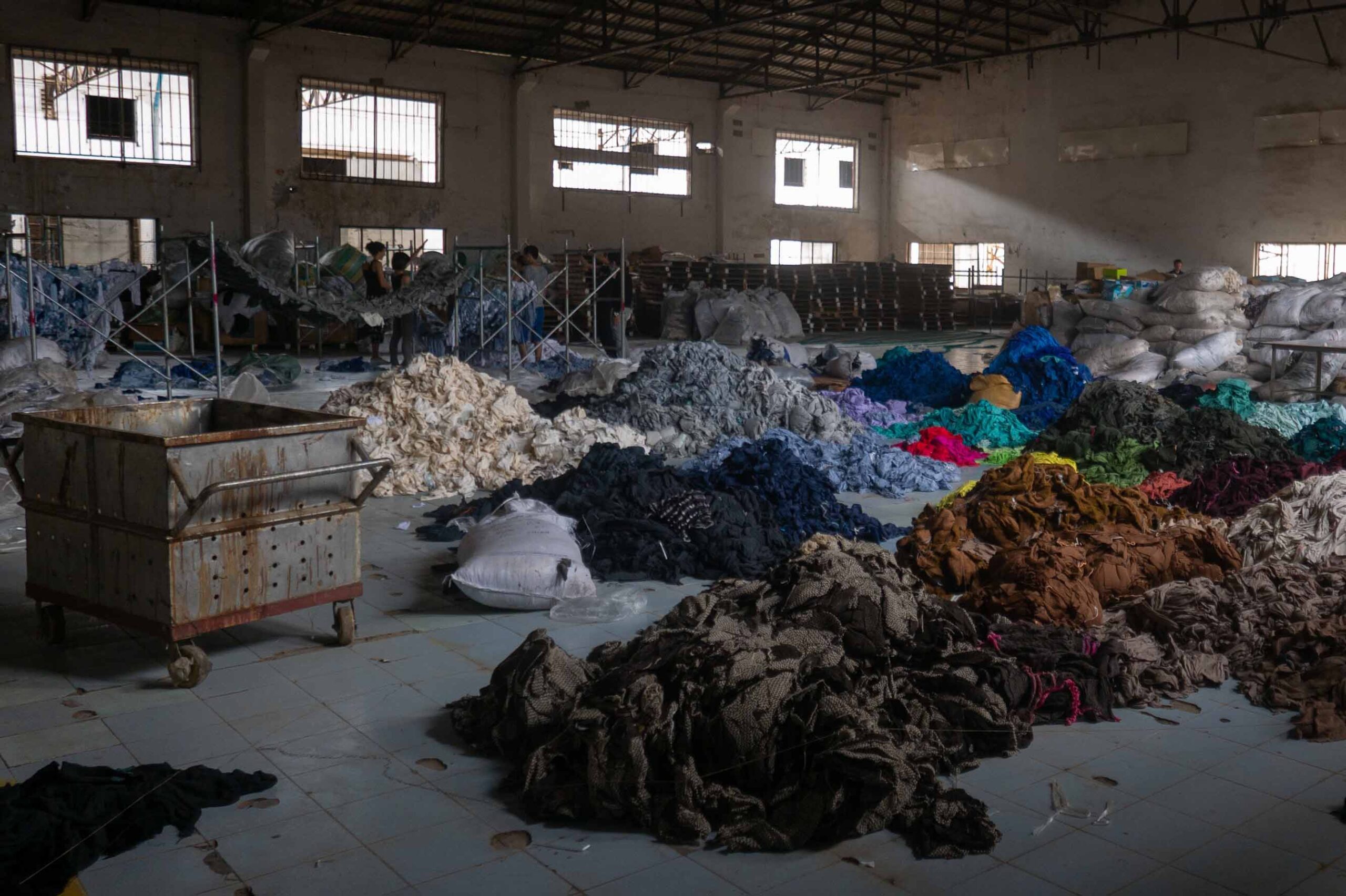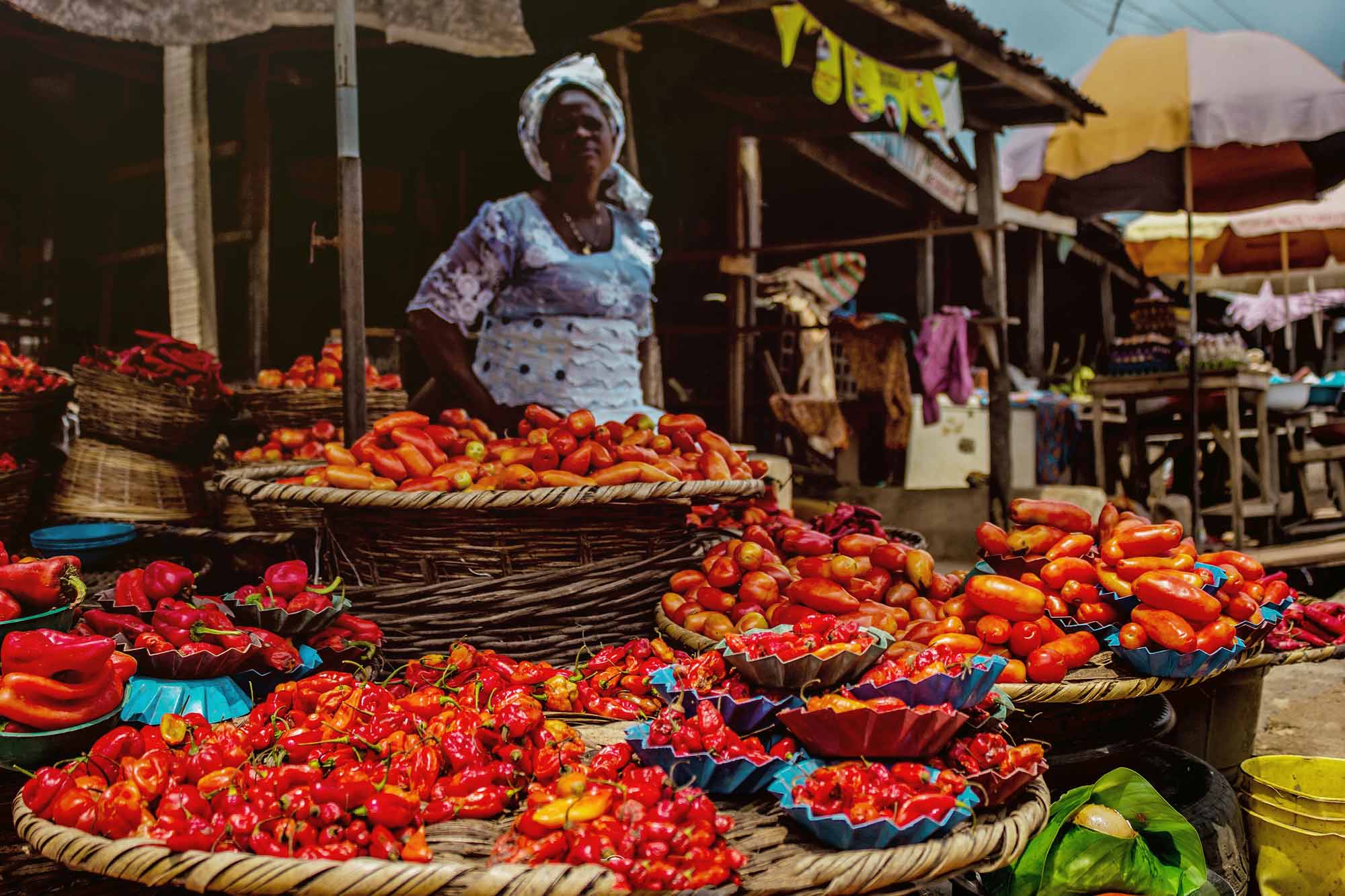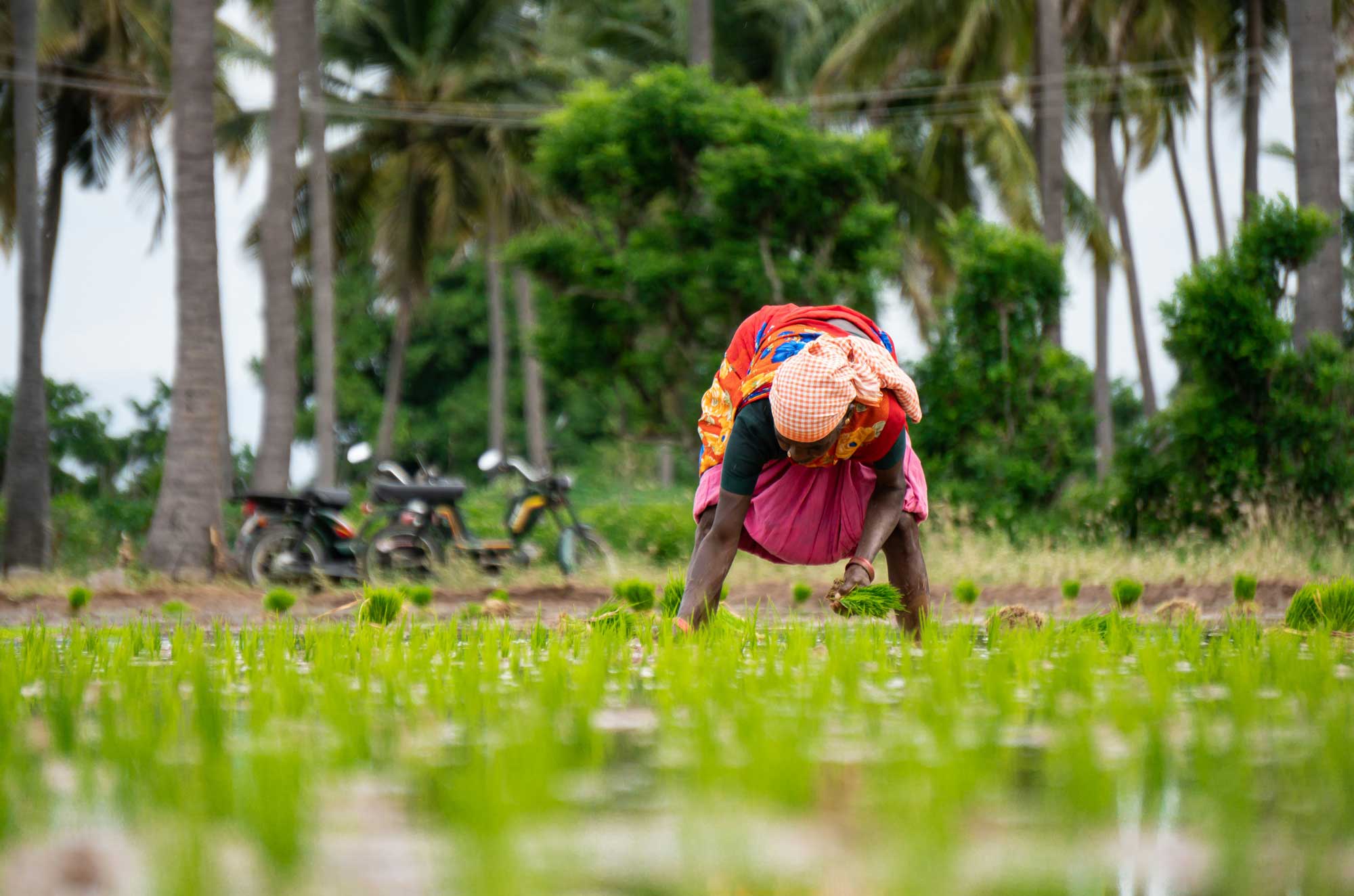The ultimate threat
At some point towards the end of 2021, when the world (or more precisely, we humans) slowly began to recover from COVID 19, it became obvious that economically there will be some rough years ahead of us. A global pandemic followed by global recession – what have we done to deserve this?
To top it all, more and more scientists, climate activists, and even some responsible-minded politicians kept on reminding us that – even if one day we’ll bring COVID under control and make it through recession – there’s an even bigger threat (or, metaphorically speaking, an even bigger wave) coming towards us. There will be no time to catch a breath; climate change requires our immediate and full attention.

Graphic: Graeme MacKay
And then, as if this wasn’t enough, some other people (including this artist here) appeared on the scene saying hold on, wait a minute… that’s still not the entire picture! Because even if we manage to mitigate and adapt to climate change, there’s still an even bigger problem ahead of us, and that is biodiversity collapse.
In other words, as a smart woman told me already before the COVID crisis: “Our response to climate change determines how we will live in future, whereas our efforts in protecting and restoring biodiversity determine if we will live in future.” A very strong statement that encouraged me to broaden my horizon beyond climate (finance) and read up on a topic that’s been carelessly ignored for way too long.
Biodiversity and ecosystem services
But what is biodiversity, and why is it so important? Biodiversity refers to the variety of life on our planet. It can be categorized into
- the diversity of species, that is all different types of plants and animals living on our planet (currently estimated at around 8.7 million1)
- the genetic diversity within a species, making a species less vulnerable to (hereditary) diseases; and
- the diversity of ecosystems.
Rich biodiversity is the basis for intact ecosystems, and hence, for well-functioning ecosystem services, defined as all services that nature provides for us. Those ecosystem services enable the human species to live and to survive on this planet in the first place. Among those services are, most importantly, clean air, fresh water, food, medicine… but also many others you can see here in this graphic.

Graphic: WWF
What I find pretty amazing, and what I think cannot be highlighted enough in today’s monetised world: All these services are being provided to us free of charge. We don’t have to pay a single Cent to benefit from Mother Nature’s great generosity*. However, as it is in our modern DNA to put a price tag on everything, there’s two rules of thumb that express in financial terms the incredible value of ecosystem services to us humans:
– The total value of ecosystem services is approx. double the global GDP;
– Round about half of the global GDP directly depends on ecosystem services.
In 2022, the global GDP was for the first time in history exceeding USD 100 trillion2. So, in addition to the services illustrated in the above graphic, nowadays there’s also significant economic value resulting from healthy nature.
*That is, of course, if we hadn’t screwed it all up; now, cleaning up our own mess will unfortunately require substantial financial resources.
Global degeneration
And still, we keep on destroying nature and the environment, which, especially over the last 50 years, has led to a severe degeneration of biodiversity and ecosystem services:
- Since the 1970s, 69% of the world’s biodiversity has been lost due to human activities3;
- Currently more than 1,000,000 species face imminent extinction4;
- Only 2-3% of earth’s land is still ecologically intact5; many of the world’s ecosystems are at acute risk of collapsing6
- Six of nine planetary boundaries have been exceeded, incl. biosphere integrity and biogeochemical flows (see below).
As Partha Dasgupta put it in his often-quoted 2021 review7: For decades, we have collectively failed to manage our global portfolio of assets sustainably. While financial capital and human capital have increased along economic growth, the stock of natural capital per capita has decreased significantly.
Perhaps the missing price tag is part of the problem. There is far too little awareness of both the life-enabling functions and the economic value of ecosystem services. If we had to pay (even parts of) the real price, we would probably take more ownership and treat nature more responsibly in order to maintain our stock of natural capital.

Planetary boundaries
A brief excursus on the planetary boundaries: The first two boundaries were already exceeded – or, more precisely, identified by scientists as being exceeded – in 2009. Biosphere integrity (which includes biodiversity loss) and biogeochemical flows of nitrogen and phosphorus have both been radically changed by humans, to a large extent driven by harmful agricultural practices and the production and application of synthetic fertilizers.

Graphic: Azote for Stockholm Resilience Centre, Stockholm University. Based on Richardson et al. 2023, Steffen et al. 2015, and Rockström et al. 2009
Perhaps reassured by these 2009 findings, and following the International Year of Biodiversity (2010), the United Nations General Assembly declared the years 2011-2020 the Decade on Biodiversity, with the goal of significantly reducing biodiversity loss. Achievements during those years were basically none. Let’s hope we do better with the Decade on Ecosystem Restoration (2021-2030).
Exploitative and harmful farming practices
There are many people in this world who think none of all this is their problem as they have enough to eat, can access fresh water directly from their tap, can afford any type of medication, etc. Unfortunately, at some point in time we all will need to understand that most ecosystem services cannot be copied or replaced, with fatal consequences, even for the rich and wealthy.
Fertile soil, for example, cannot simply be produced in a lab. Soil is quite a complex system. Once it’s degraded, it takes hundreds of years for it to recover and to regain its fertility. Degradation of soil can be structural (e.g. not anymore storing/preserving water), chemical (e.g. not enough nutrients), biological (e.g. not enough bacteria), and is caused for example by synthetic fertilisers and pesticides. The bad news: One third of the world’s soils are already degraded.8
Just by the way, illustrating the close link and interdependency between biodiversity loss and climate change: Degradation of soils also leads to significant CO2 emissions. Healthy soils are one of the world’s biggest carbon storages; once the soil degrades, it releases the carbon which then reacts with oxygen and turns into CO2. Given the huge area of degrading soils globally, we’re talking about billions of tons each year.
Fertile soil is only one part of the equation though. A lot of food we eat (or our food eats) also needs pollination – another ecosystem service we can hardly replace. Nevertheless, we kill pollinators and destroy their natural habitats as if there was no tomorrow. Again, most damage is being caused by harmful pesticides.

Now who’s to blame?
While biodiversity is at the very center of agricultural activities, it is especially harmful and exploitative farming practices that drive biodiversity loss. There is no doubt that large-scale industrial agriculture plays a key role here. The structural degradation of soil for example is often caused by heavy agricultural machinery that only farmers (or companies) in more affluent countries can afford. And in basically all EU member states it is still legal and common practice to sell, buy and apply harmful fertilisers and pesticides – mainly to grow non-native crops in monocultures.
However, the problem does not stop at any border. Generally speaking, while smallholders and rural communities in low- and middle-income countries are most (and first) affected by climate change, biodiversity loss and decreasing agricultural productivity, they pump just as many chemicals onto their fields as their peers in Western Europe and the US. Organic and eco-friendly alternatives do exist but are either little-known or considered uncompetitive (in terms of cost) and/or insufficient (in terms of yield).**
**Unsurprisingly, the latter two arguments are heavily promoted by the chemical industry – a “marketing strategy” we know very well from the fossil-fuel industry’s decades-long lobbying against renewable energy. If you’re interested in the topic, make sure to watch the inspiring and equally shocking documentary about Vandana Shiva who states that “food is a weapon”, “when you control seed, you control life on earth”, and “industrial farming is the single biggest destructive force on the planet”.
Nature-based solutions (NbS) – in particular agrobiodiversity – have the potential to reduce negative environmental impacts and increase the climate-resilience of smallholders. However, besides the lack of awareness and the admittedly not always easy transition towards sustainable farming practices, there are even more reasons why NbS are not yet being implemented at a much larger scale: the lack of funding and the lack of capacity within financial institutions.

The role of microfinance
Annual funding gaps for biodiversity conservation and financial inclusion of smallholders are USD 700 billion9 and USD 170 billion10, respectively. There is a significant need for more investment which can only be met if public and private sectors join forces.
Yet the even bigger problem might be the number of financial institutions that already do finance – knowingly or unknowingly – harmful farming practices. Microfinance institutions (MFIs) are the key funding providers of smallholders in low- and middle- income countries. Some might say that therefore MFIs, and more broadly, the microfinance sector, are part of the problem. I would put it differently, though: MFIs and the microfinance sector can be – and must be – part of the solution; MFIs will need to play a key role in transitioning the agricultural sector, starting with transforming themselves.
That means MFIs – especially those with large agricultural portfolios – can make a difference by understanding and managing biodiversity risks; by implementing biodiversity-related do-no-harm principles; by measuring the right set of performance indicators to track what they’re actually doing; by making themselves familiar with goals and targets of the UN Global Biodiversity Framework, TNFD recommendations and regulatory requirements that their own investors might impose on them one day in the not-too-distant future; and – going beyond risk management, do-no-harm and disclosure – by developing a strategy and products to actually help protecting and restoring nature and biodiversity.
Obviously, such changes don’t just happen overnight. It requires a new mindset, commitment, investment, and a great deal of work to transform an institution and eventually an entire sector. At FS Impact Finance, we have made this challenge one of our main priorities. Together with our partners we’re in the process of setting up a new investment fund that will support MFIs in managing this institutional transformation successfully.
Footnotes
1 National Geographic (2024): Biodiversity: https://education.nationalgeographic.org/resource/biodiversity/
2 World Bank (2024): https://data.worldbank.org/indicator/NY.GDP.MKTP.CD
3 WWF (2022): Living Planet Report 2022; https://wwfeu.awsassets.panda.org/downloads/lpr_2022_full_report.pdf
4 IPBES (2019): Global assessment report on biodiversity and ecosystem services of the Intergovernmental Science-Policy Platform on Biodiversity and Ecosystem Services; https://www.ipbes.net/global-assessment
5 Plumptre et al. (2021): Where Might We Find Ecologically Intact Communities?; https://www.frontiersin.org/articles/10.3389/ffgc.2021.626635/full
6 IUCN (2020): Global Ecosystem Typology 2.0; https://portals.iucn.org/library/sites/library/files/documents/2020-037-En.pdf
7 Dasgupta, P. (2021): The Economics of Biodiversity: The Dasgupta Review;
https://www.gov.uk/government/publications/final-report-the-economics-of-biodiversity-the-dasgupta-review
8 FAO (2022): Global status of black soils;
https://openknowledge.fao.org/items/696bdc92-01b8-400a-8117-a27386b61046
9 Paulson Institute, The Nature Conservancy, Cornell Atkinson Center for Sustainability (2020): Financing Nature: Closing the Global Biodiversity Financing Gap; https://www.paulsoninstitute.org/conservation/financing-nature-report/
10 Dalberg (2022): Towards Market Transparency in Smallholder Finances; https://dalberg.com/our-ideas/towards-market-transparency-in-smallholder-finance/













